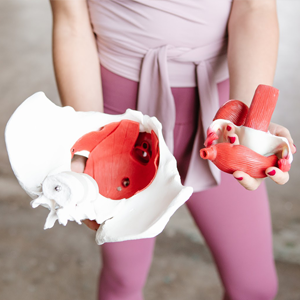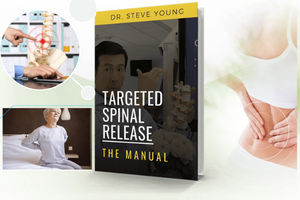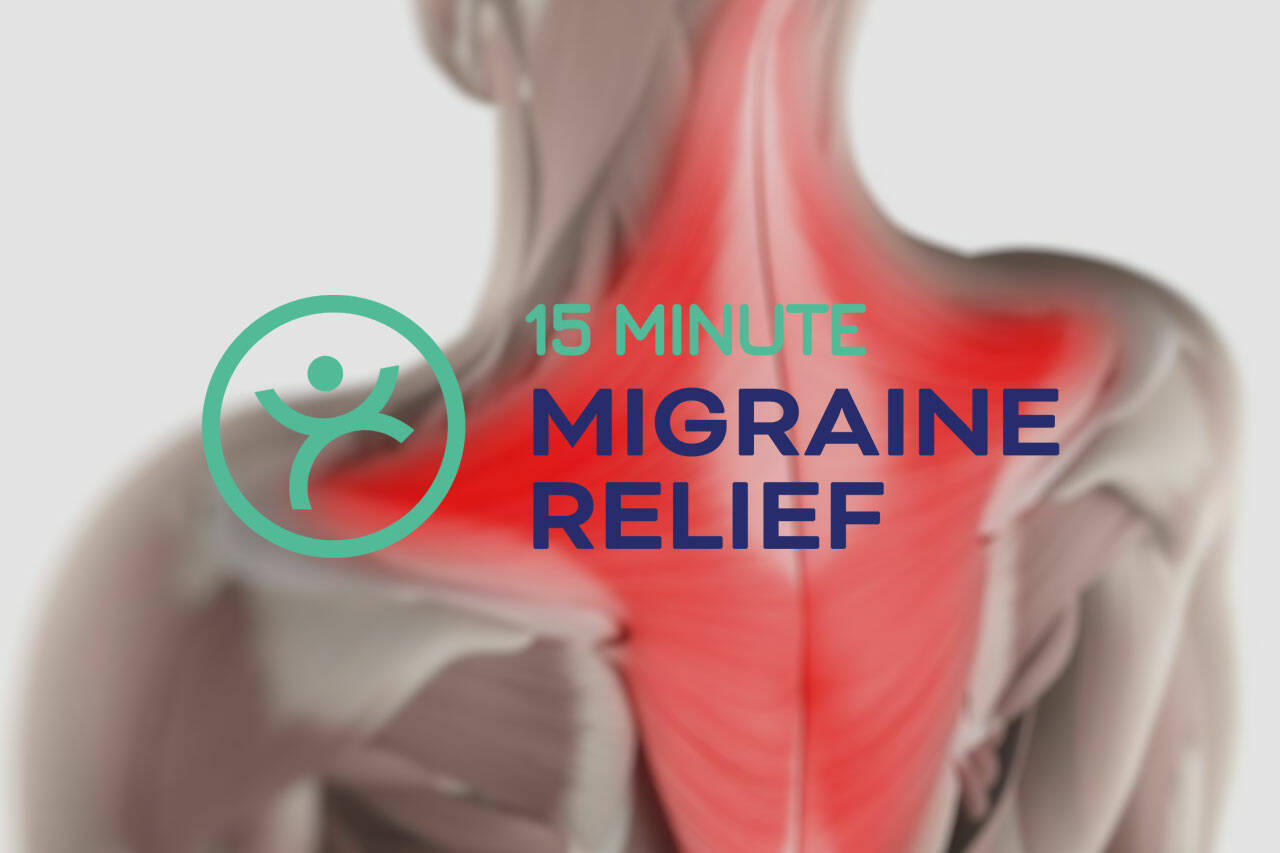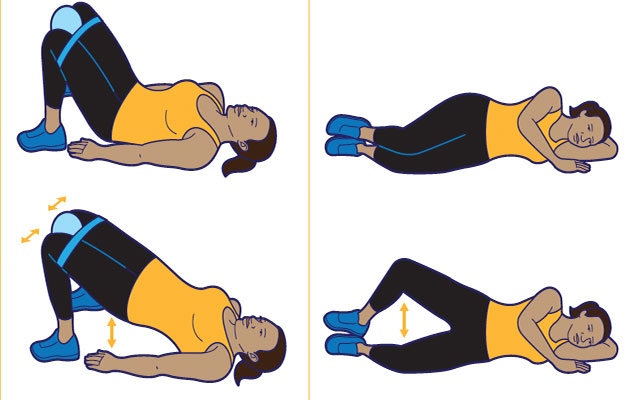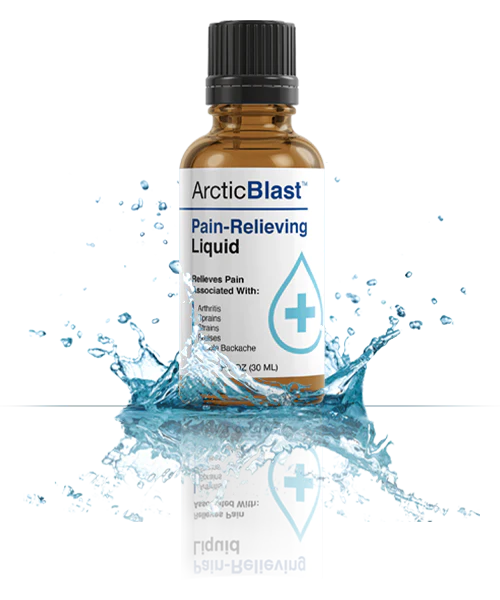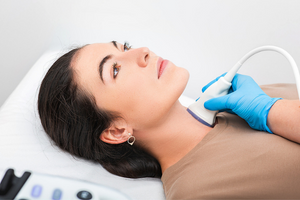Orgasmic Dysfunction: Causes, Symptoms, and Treatments
Orgasmic dysfunction, also known as anorgasmia or female orgasmic disorder, is a condition in which a woman has difficulty reaching orgasm despite being sexually aroused. There are various causes of orgasmic dysfunction, including physical or medical conditions, medications, relationship or intimacy issues, and cultural factors.
Symptoms of orgasmic dysfunction in women include the inability to achieve orgasm, delayed or infrequent orgasms, and reduced intensity of orgasms. The condition can occur in certain sexual situations or in all sexual situations and can affect a woman's sexual relationships.
Treatments for orgasmic dysfunction may include education about sexual stimulation, sexual enhancement devices, individual or couple therapy, and medications. For example, a healthcare provider may begin with a discussion of female sexual anatomy and how different parts of the anatomy respond to stimulation. Additionally, decreased sexual desire, which may be a symptom of female sexual interest/arousal disorder (FSIAD), can be treated with counseling, behavioral therapy, or medication.
In conclusion, orgasmic dysfunction in women is a condition in which a woman has difficulty reaching orgasm despite being sexually aroused. There are various causes of this condition, and symptoms may include the inability to achieve orgasm, delayed or infrequent orgasms, and reduced intensity of orgasms. Treatments may include education about sexual stimulation, sexual enhancement devices, individual or couple therapy, and medications. Women experiencing decreased sexual desire may benefit from counseling, behavioral therapy, or medication. It is important to consult a healthcare provider to determine the best course of treatment for individual cases.




